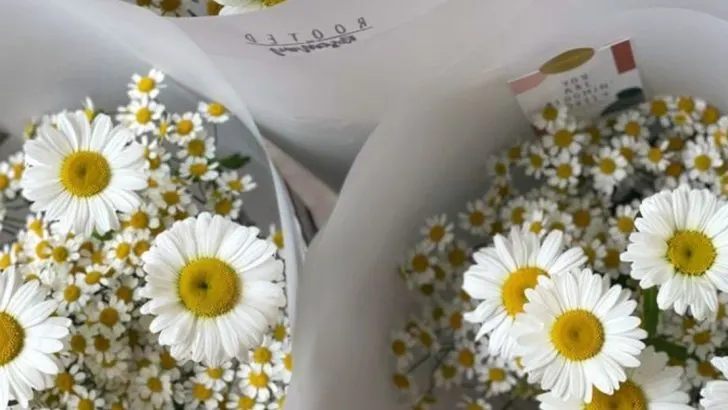They’re everywhere — in bouquets, along sidewalks, on greeting cards, and tucked into backyard borders. Daisies might just be the most overlooked flower in the garden. Too cute, too common, too… simple? Think again.
Behind their innocent white petals and sunny yellow centers lies a surprisingly complex world of science, symbolism, and survival skills. These little blooms have been to space, treated ancient wounds, symbolized secret messages, and outwitted pollinators with built-in tricks. Some even bloom in snow, while others close their petals to “sleep” at night — and they’re all part of one of the most adaptable flower families on Earth.
If you thought daisies were basic, these 19 wild, weird, and wonderful facts will completely change the way you see them. Whether you’re a backyard gardener or just someone who’s plucked one from a field, it’s time to give daisies the spotlight they’ve quietly earned for thousands of years.
Here are 19 reasons daisies deserve way more respect than they get — and why they just might become your new favorite flower.
Daisies Symbolize Innocence
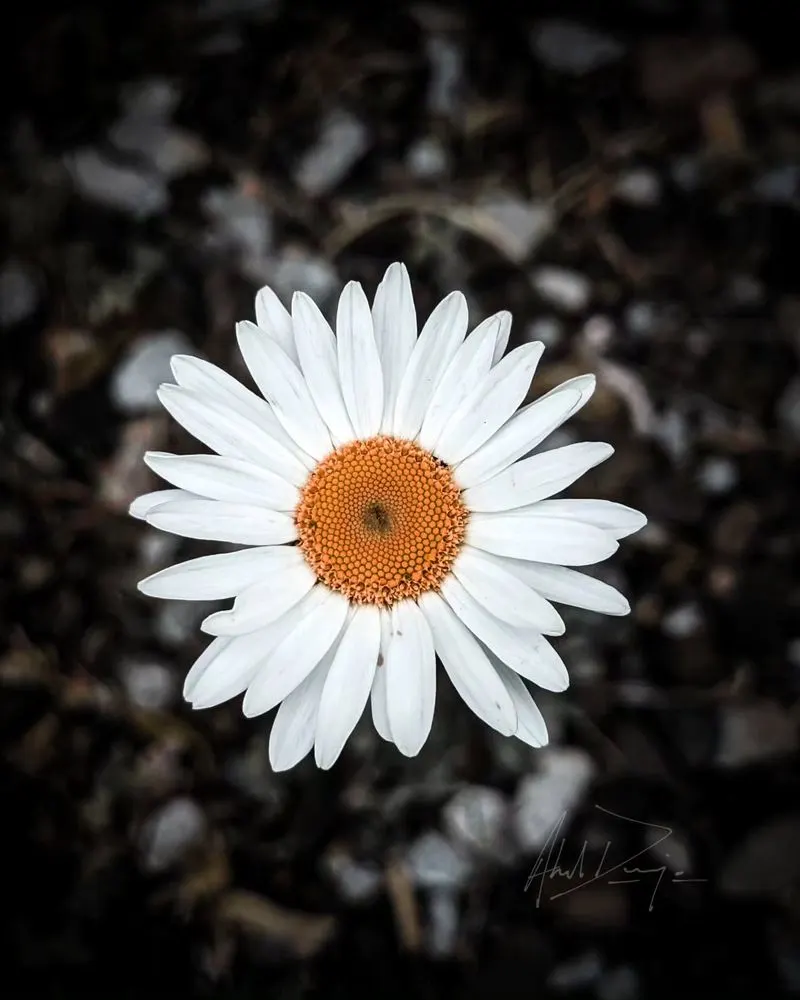
Often associated with purity and new beginnings, daisies have been viewed as symbols of innocence across various cultures. These blooms are not just pretty faces; they carry a rich history of symbolism. In ancient Rome, daisies were believed to be the transformed spirits of nymphs, highlighting their mythical allure. The innocence they represent is perfect for new ventures or relationships, making them a popular choice for weddings and celebrations. Their simple yet profound symbolism adds a layer of depth to their beauty, proving that there’s more to daisies than meets the eye.
Edible Petals and Leaves
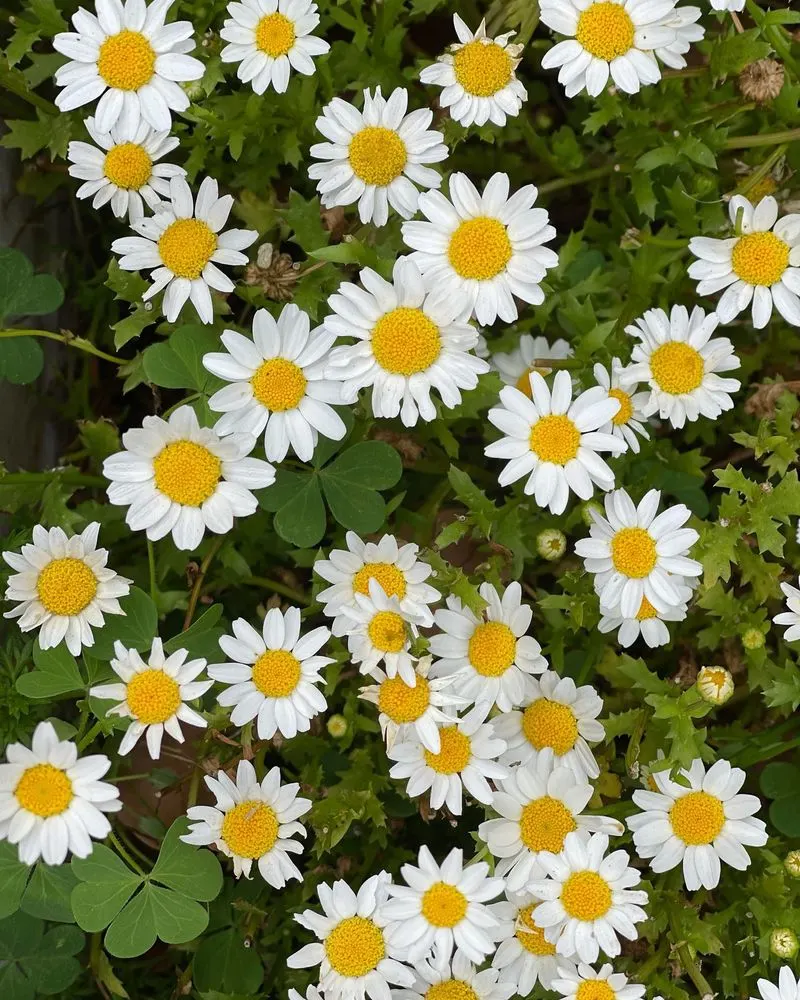
Yes, you can eat daisies! The petals and leaves are edible and can be used to add a touch of color and flavor to salads. With a mild, slightly bitter taste, they complement many dishes. European cuisine often incorporates these flowers in various recipes, emphasizing their versatility. Historically, daisies were used in folk medicine to treat various ailments. Today, edible daisies are gaining popularity among chefs and home cooks alike. Their nutritional value, combined with their aesthetic appeal, makes them a delightful addition to any culinary creation.
Daisies Have Medicinal Properties
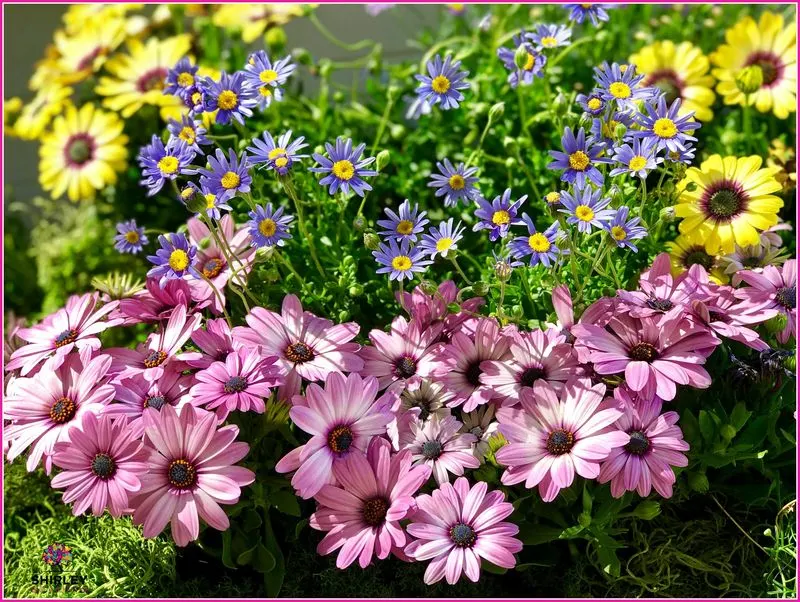
Beyond their visual appeal, daisies have been used in traditional medicine for centuries. Known for anti-inflammatory properties, daisy infusions can soothe minor ailments. In herbal medicine, they are often employed to treat coughs and colds. The flowers and leaves contain compounds that are believed to promote healing and wellness. While modern medicine has largely overshadowed these traditional uses, daisies remain a gentle, natural remedy for those seeking alternative treatments. Their medicinal potential adds another layer to their multifaceted nature.
Daisies Are Pollinator Magnets
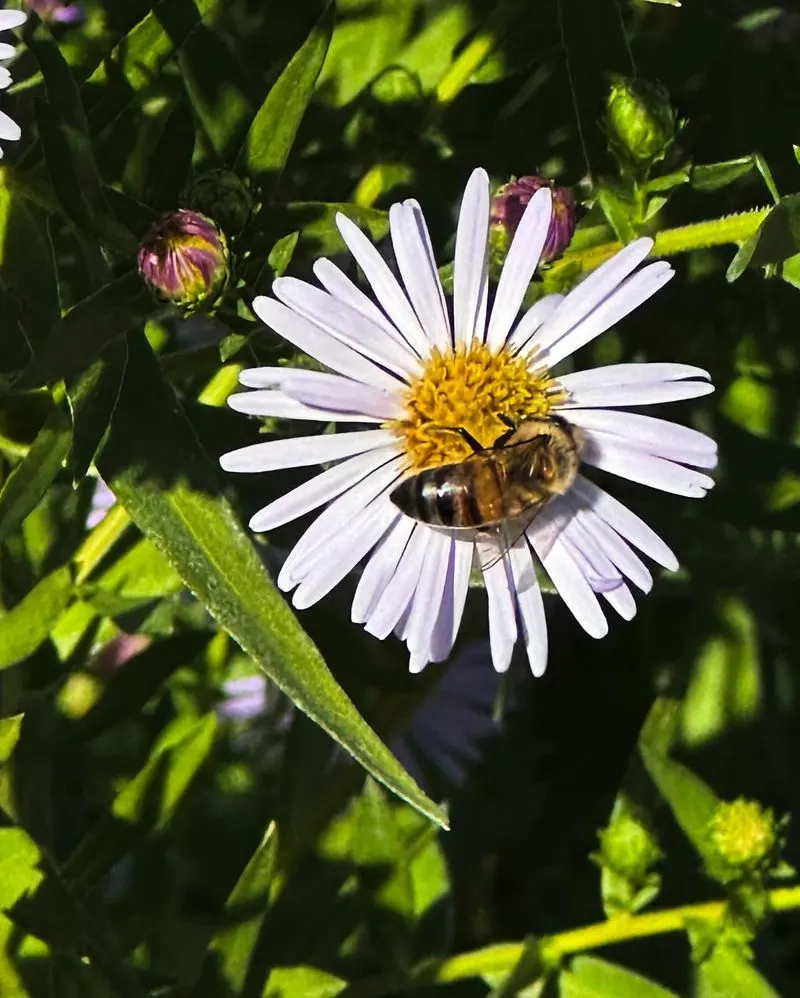
Gardeners love daisies not just for their beauty but for their ecological benefits. These flowers attract a variety of pollinators, including bees and butterflies, making them essential for a thriving garden ecosystem. The open structure of their blooms makes it easy for pollinators to access nectar and pollen. Planting daisies can enhance biodiversity in your garden, supporting the health of local wildlife. Their role as pollinator magnets showcases their environmental importance and reinforces their status as more than mere decorative plants.
Daisies Can Bloom Year-Round
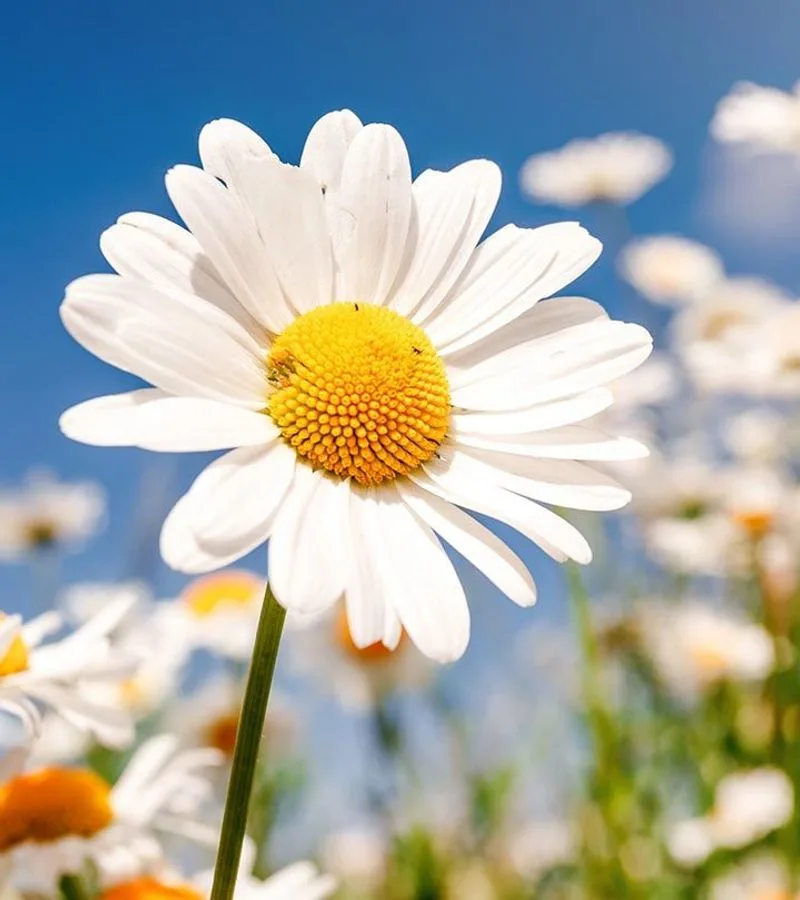
Unlike some flowers that have a single blooming season, daisies can thrive almost year-round in the right climate. Their resilience is one of their most endearing qualities, allowing them to bring color and life to gardens throughout the year. This adaptability makes them a favorite among gardeners looking for long-lasting blooms. The ability to flourish in various conditions highlights their tenacity and charm. Whether in spring, summer, or fall, daisies continue to brighten landscapes, proving their worth as more than just seasonal beauties.
Daisies Belong to the Aster Family
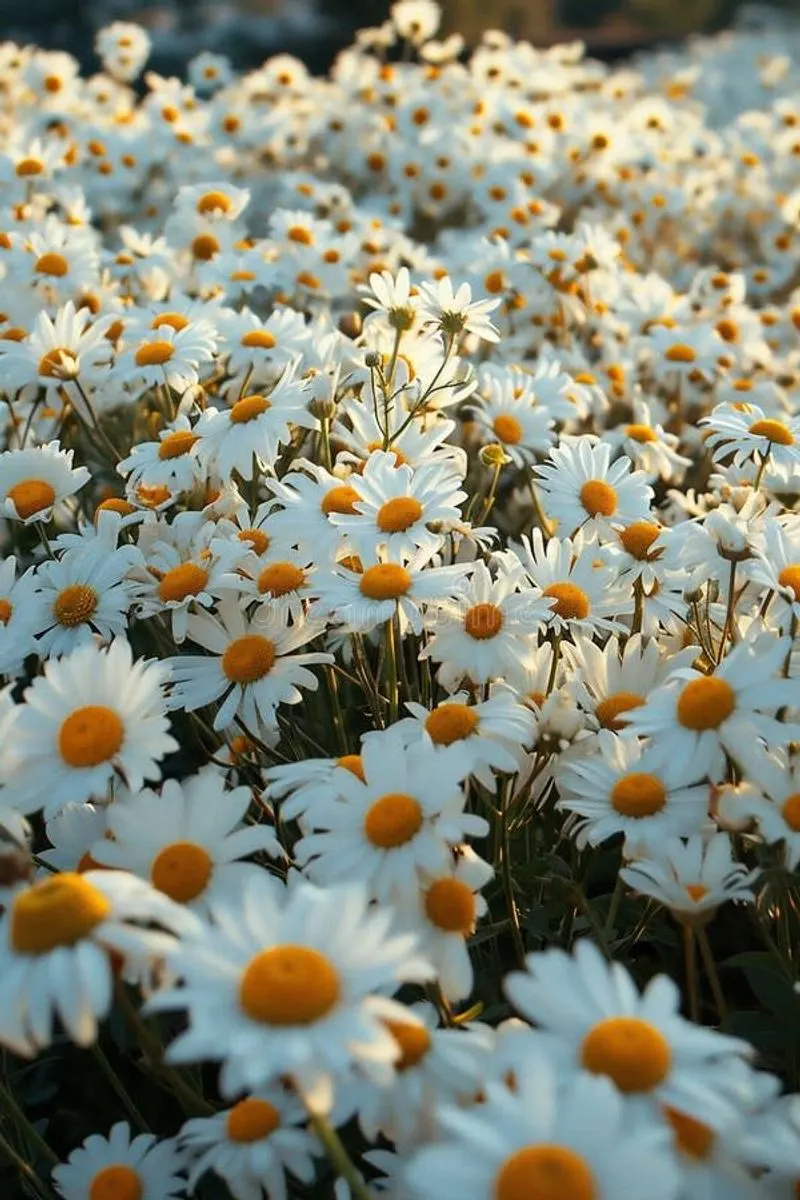
Daisies are part of the Asteraceae family, one of the largest plant families, which includes sunflowers and dahlias. This connection reveals the diverse nature of daisies and their relatives. The family is known for its complex flower structures, often mistaken for single blooms but actually composed of tiny florets. Understanding this botanical background adds depth to our appreciation of daisies and their place in the plant kingdom. Their familial ties showcase the intricate relationships in nature, reminding us of the interconnectedness of life.
Origin of the Name “Daisy”
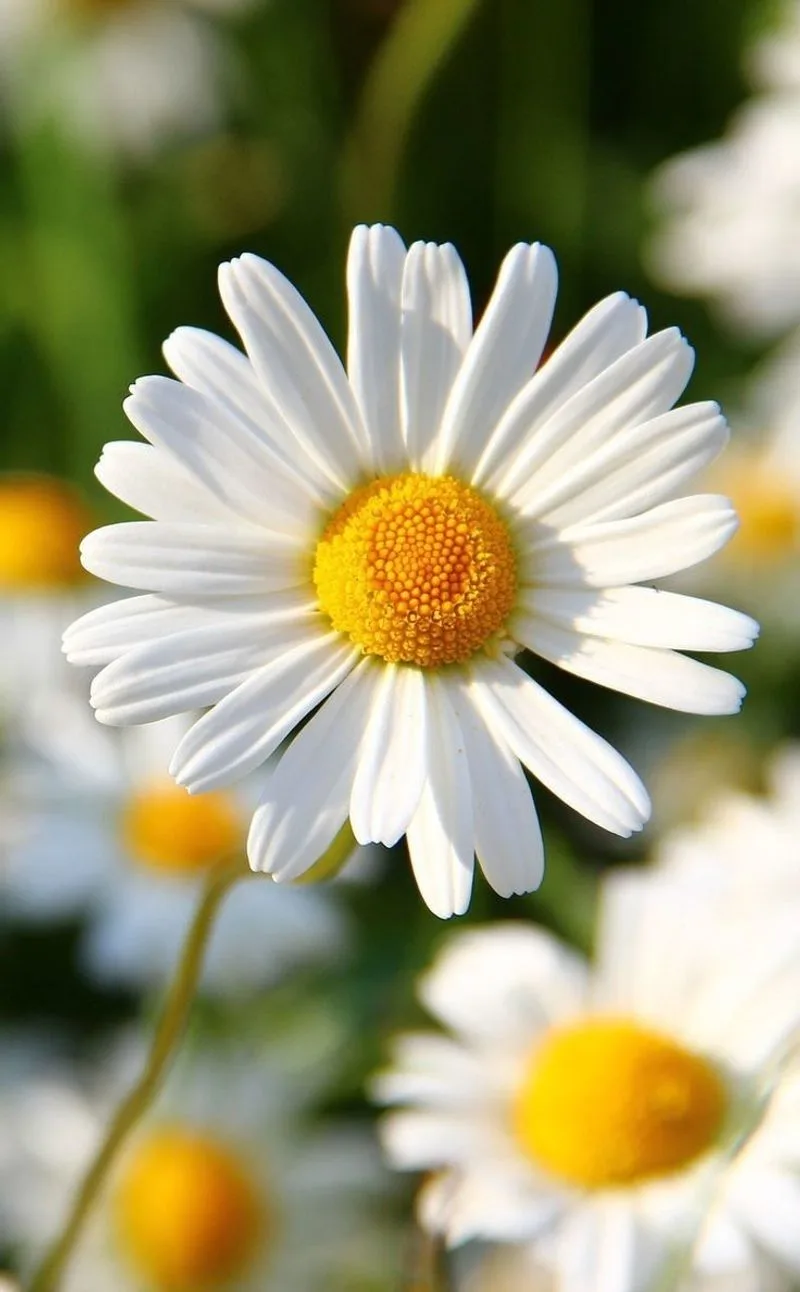
The name “daisy” is derived from the Old English “daeges eage,” meaning “day’s eye,” referring to the flower’s habit of closing at night and opening in the morning. This charming etymology reflects the daisy’s natural rhythm and its connection to the daily cycle of light and dark. The term beautifully captures the essence of these flowers, connecting them to the sun’s journey across the sky. As one of the oldest cultivated flowers, daisies have held a cherished place in human history, their name a testament to their enduring appeal.
Daisies in Ancient Myths
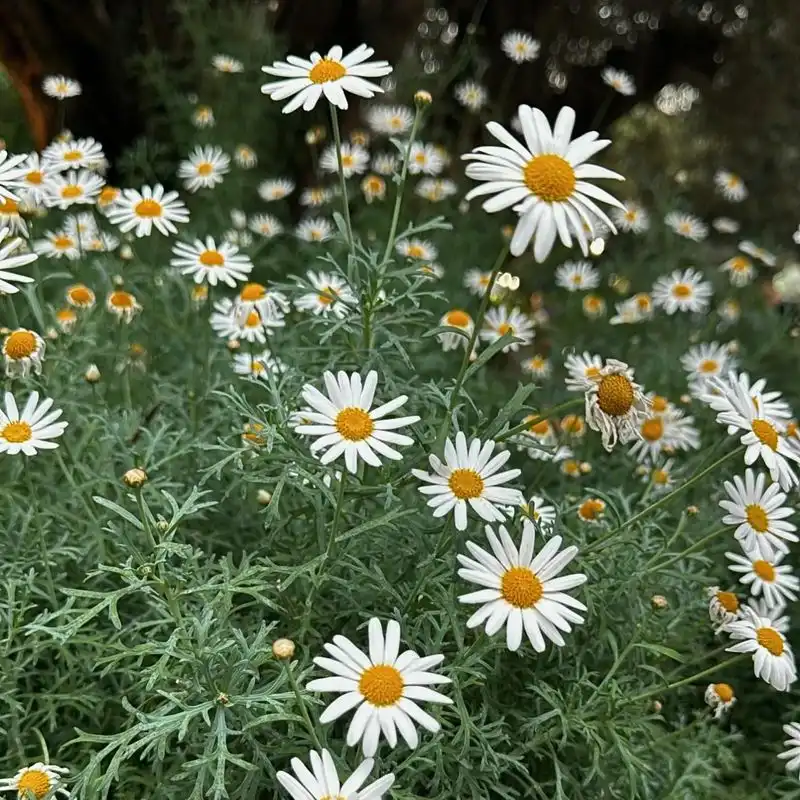
Daisies appear in various myths and legends, often symbolizing purity and transformation. In Roman mythology, the nymph Belides transformed into a daisy to escape unwanted attention. Such stories highlight the flower’s association with innocence and renewal. These myths weave a tapestry of cultural significance, enriching the daisy’s narrative. The presence of daisies in ancient tales underscores their timeless appeal and enduring symbolism. Their role in mythology adds a layer of mystique, inviting us to see them as more than just garden flowers but as symbols steeped in history.
Daisies Are a Global Flower
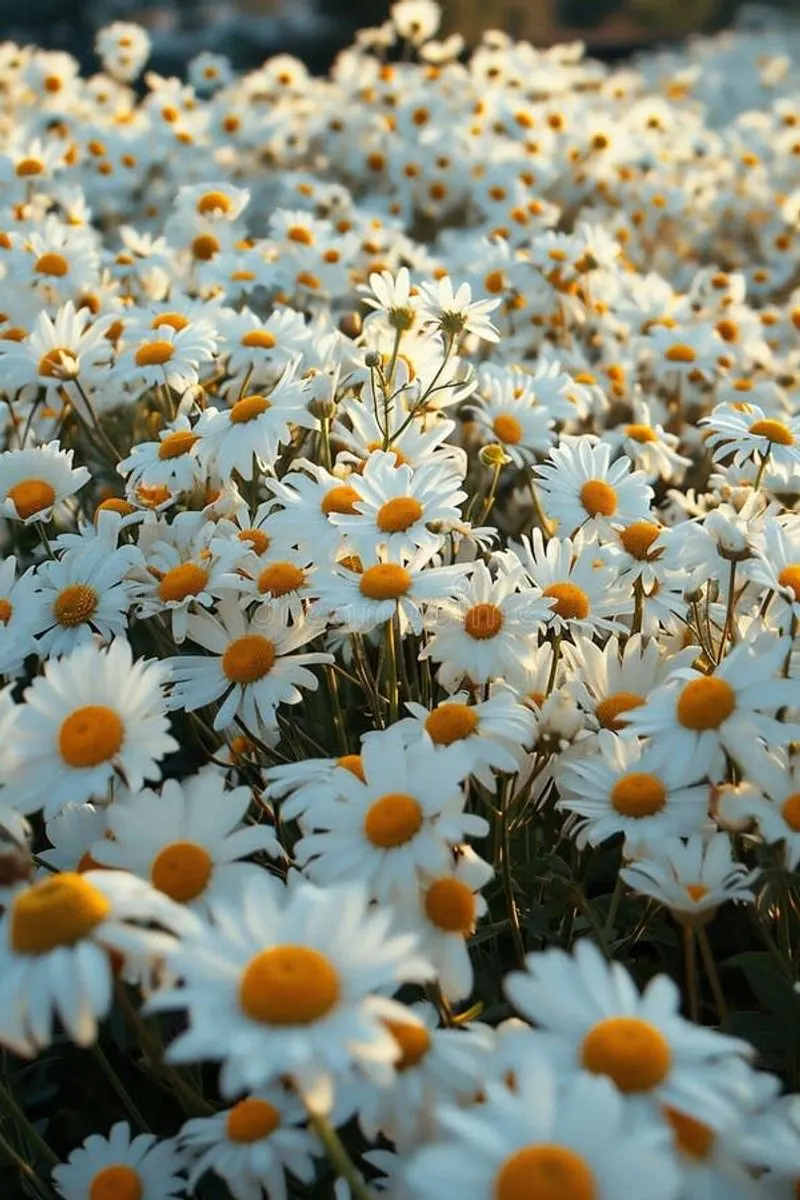
Found on every continent except Antarctica, daisies are truly a global flower. Their adaptability allows them to thrive in diverse climates and environments, from meadows to mountains. This widespread distribution reflects their resilience and ability to endure various conditions. Daisies’ global presence highlights their importance in different cultures, each attributing unique meanings and uses to the flower. Their ability to cross geographical boundaries showcases their universal appeal and cultural significance, underscoring their status as a beloved bloom worldwide.
The Daisy’s Fibonacci Sequence
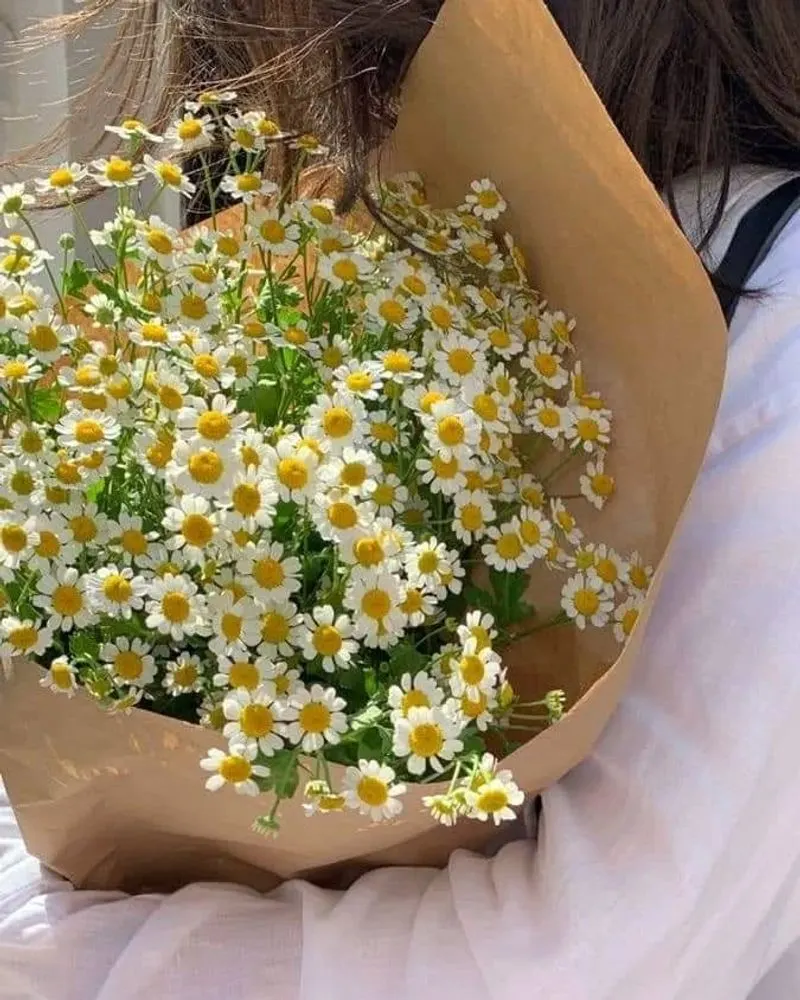
Daisies are not just nature’s artwork; they also embody mathematical beauty. The arrangement of their petals often follows the Fibonacci sequence, a pattern found in many natural phenomena. This mathematical precision is not just aesthetically pleasing but also functional, optimizing the flower’s exposure to sunlight and pollinators. Observing this pattern in daisies reveals the harmony between nature and mathematics, offering a glimpse into the underlying order of the natural world. Their geometric elegance adds a layer of wonder to their already captivating charm.
Symbolism in Different Cultures
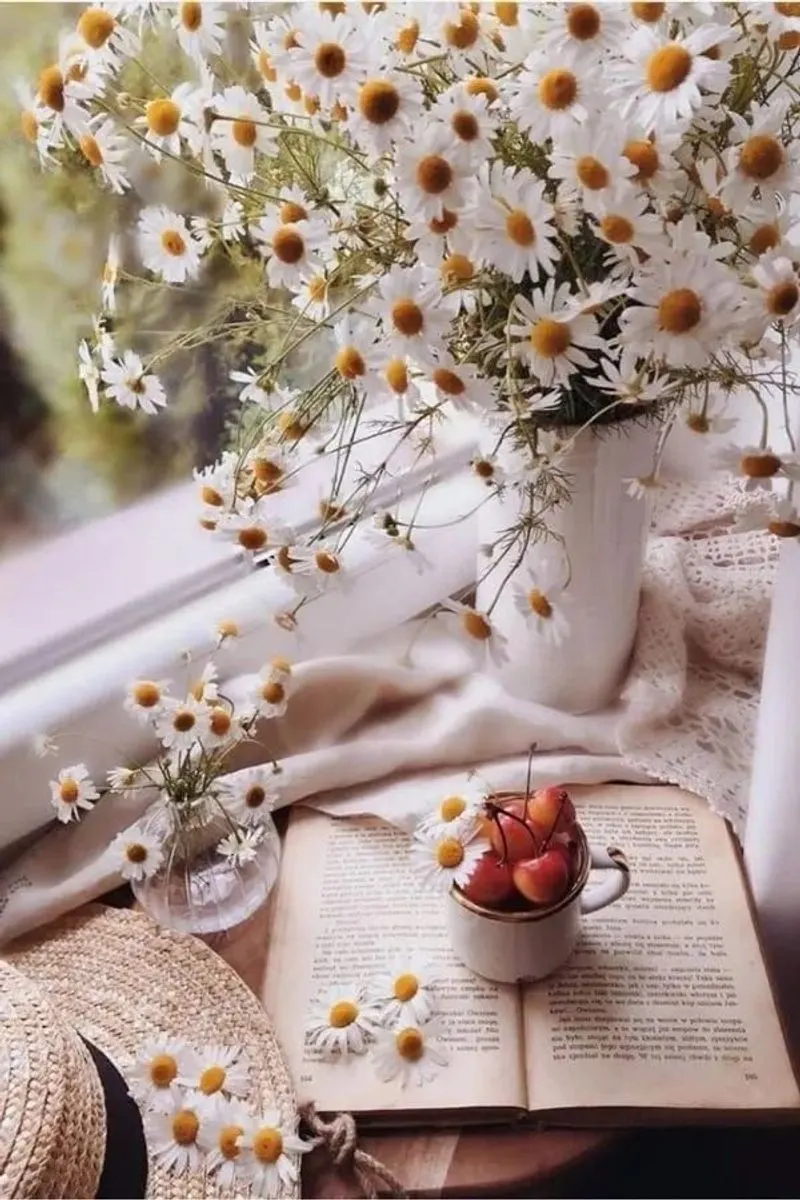
Across cultures, daisies symbolize a range of concepts, from purity to love. In Norse mythology, they represent love and fertility, while in Christianity, they are linked to the Virgin Mary. This diverse symbolism highlights the flower’s versatility and broad appeal. Daisies’ ability to embody different meanings in various cultural contexts underscores their universal resonance. Their role as symbols in art and literature further cements their place as more than just ornamental flowers. This cultural richness adds depth to our understanding of these seemingly simple blooms.
Daisies in Art and Literature
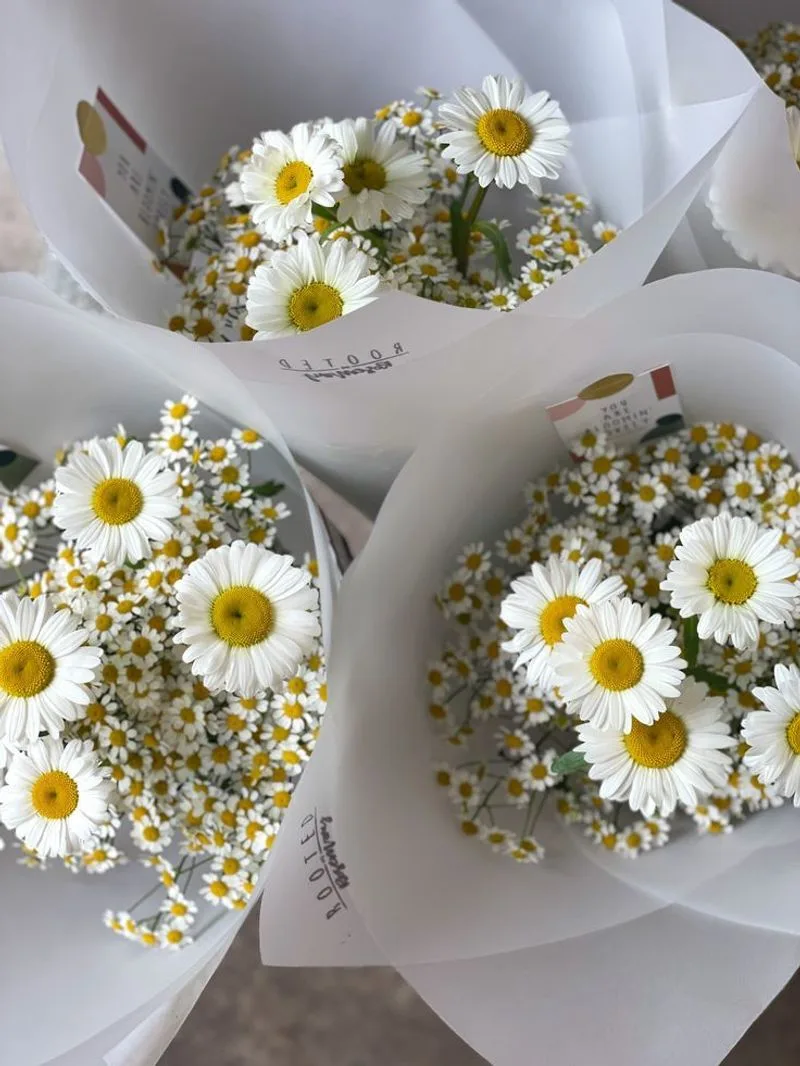
Artists and writers have long been inspired by daisies, using them to convey themes of innocence and beauty. From classic literature to modern art, daisies have served as muses, inspiring creativity and emotion. Their simple elegance makes them a favorite subject, symbolizing everything from youthful innocence to eternal love. The presence of daisies in various art forms reflects their timeless appeal and ability to evoke emotional responses. By exploring their representation in art and literature, we gain insight into their lasting impact on human expression.
Daisies and Environmental Benefits
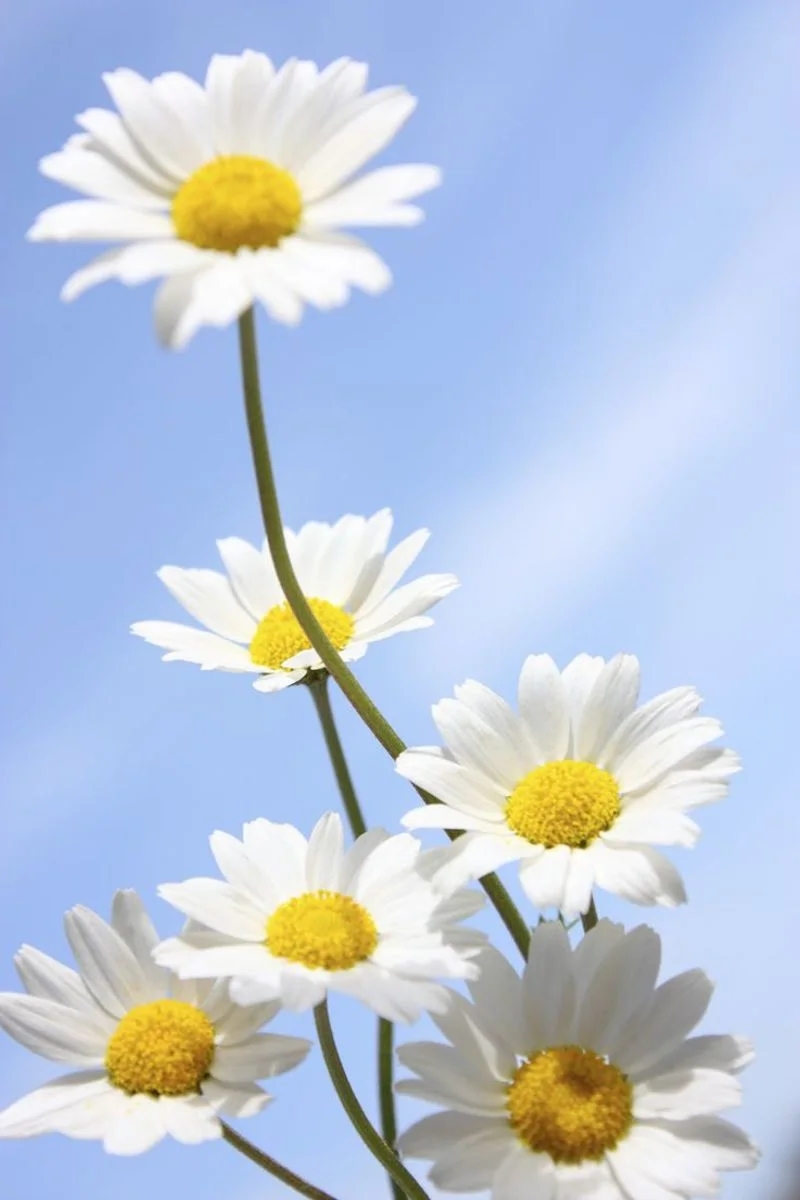
Beyond their aesthetic appeal, daisies play a crucial role in supporting ecosystems. They provide essential resources for pollinators, contributing to biodiversity. By planting daisies, gardeners can promote ecological health, supporting a range of wildlife. This environmental contribution highlights daisies as more than just decorative plants, reinforcing their importance in maintaining ecological balance. Their ability to attract beneficial insects makes them a valuable addition to any garden, enhancing its environmental value. Daisies’ ecological benefits demonstrate their significance beyond mere visual beauty.
Daisy Chains and Childhood Memories
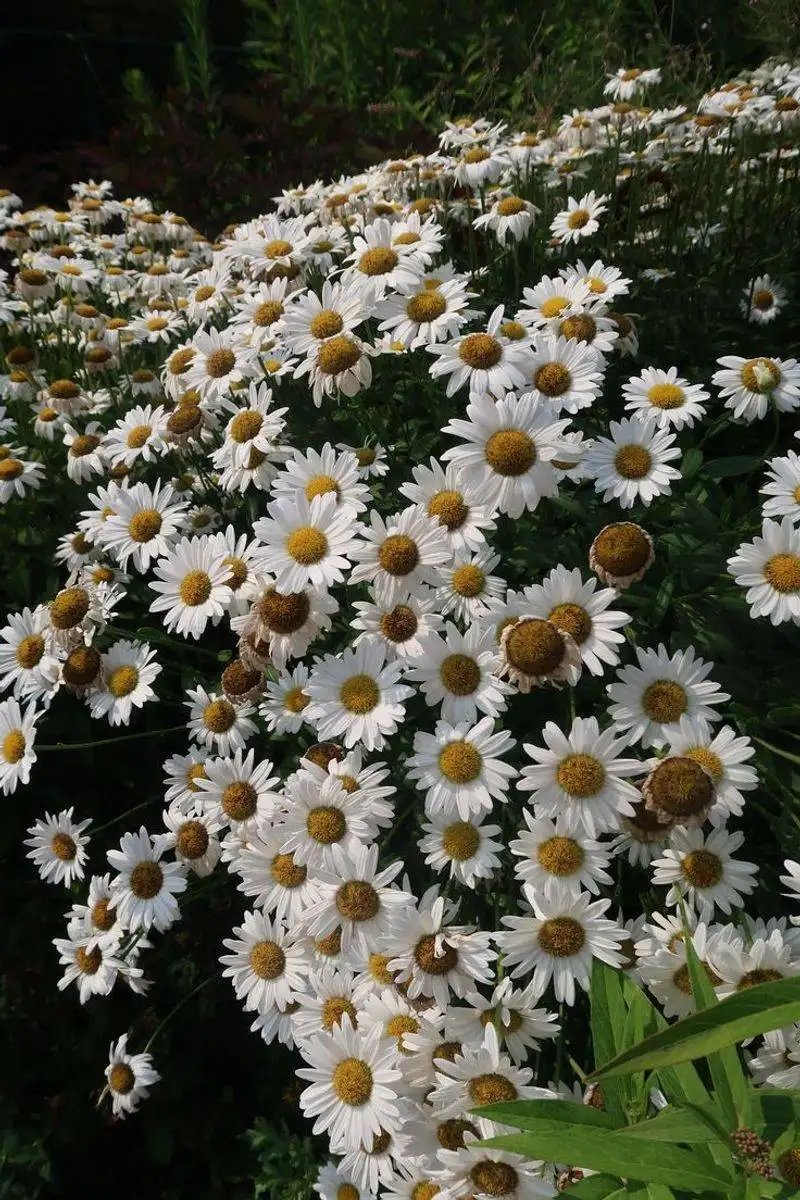
For many, daisy chains evoke fond childhood memories of carefree days spent in nature. These simple creations, made by threading daisies together, symbolize innocence and playfulness. The tradition of making daisy chains spans cultures and generations, highlighting the flower’s universal appeal. This practice connects us to nature and to each other, fostering a sense of creativity and joy. Daisy chains are more than just fun; they represent a shared experience, a moment of connection with both the natural world and those around us.
Daisies in Wedding Traditions
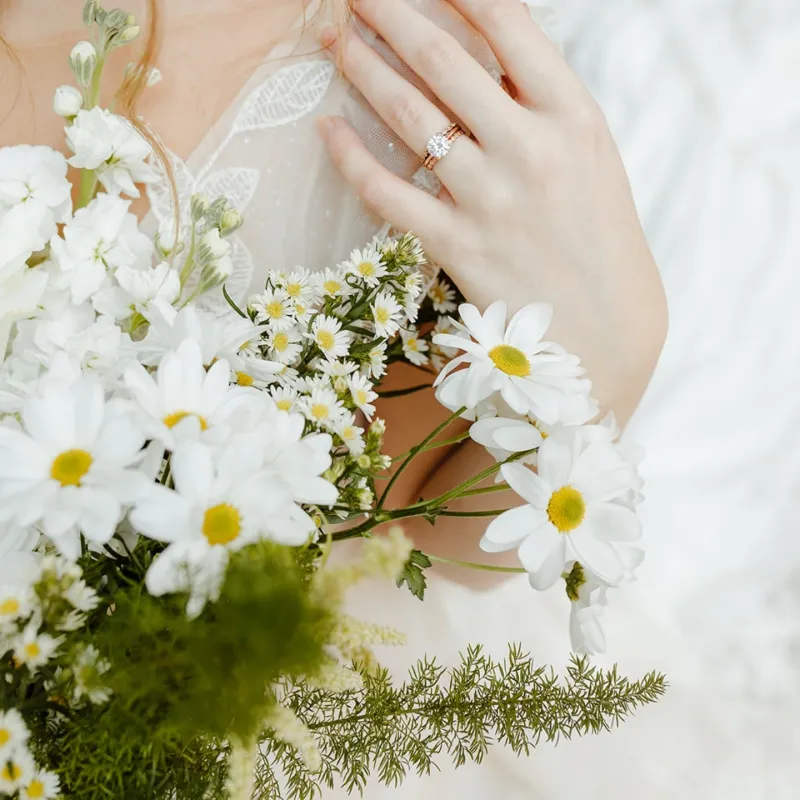
Daisies have long been a staple in wedding traditions, symbolizing purity, innocence, and new beginnings. Their presence in bridal bouquets and decorations adds a touch of simplicity and elegance. The flower’s symbolic meanings make it a popular choice for couples seeking to convey these sentiments. Daisies’ charm lies in their ability to blend with various floral arrangements, complementing more elaborate blooms. Their understated beauty enhances the overall aesthetic of wedding ceremonies, making them a cherished addition to this special occasion.
Daisy’s Role in Folklore
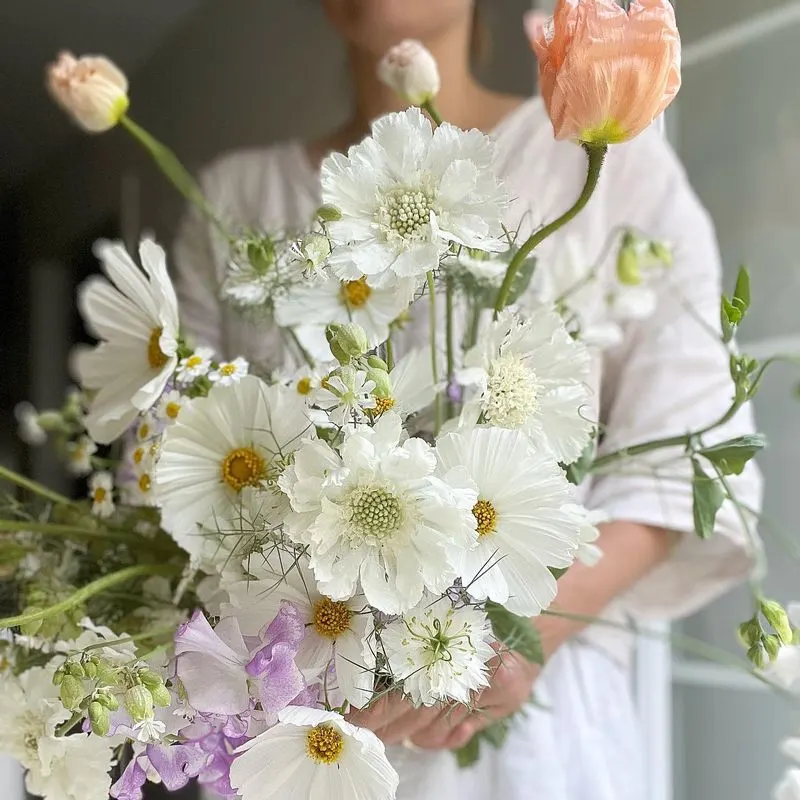
In folklore, daisies are often associated with tales of transformation and magic. These stories highlight the flower’s mystical qualities and its connection to the natural world. Daisies appear in various legends, symbolizing themes of purity and renewal. Their presence in folklore enriches their narrative, adding a layer of enchantment to their botanical characteristics. By exploring these traditional stories, we gain insight into the cultural significance of daisies and their enduring appeal. This folklore connection adds a whimsical touch to our understanding of these charming flowers.
The Science of Daisy Growth
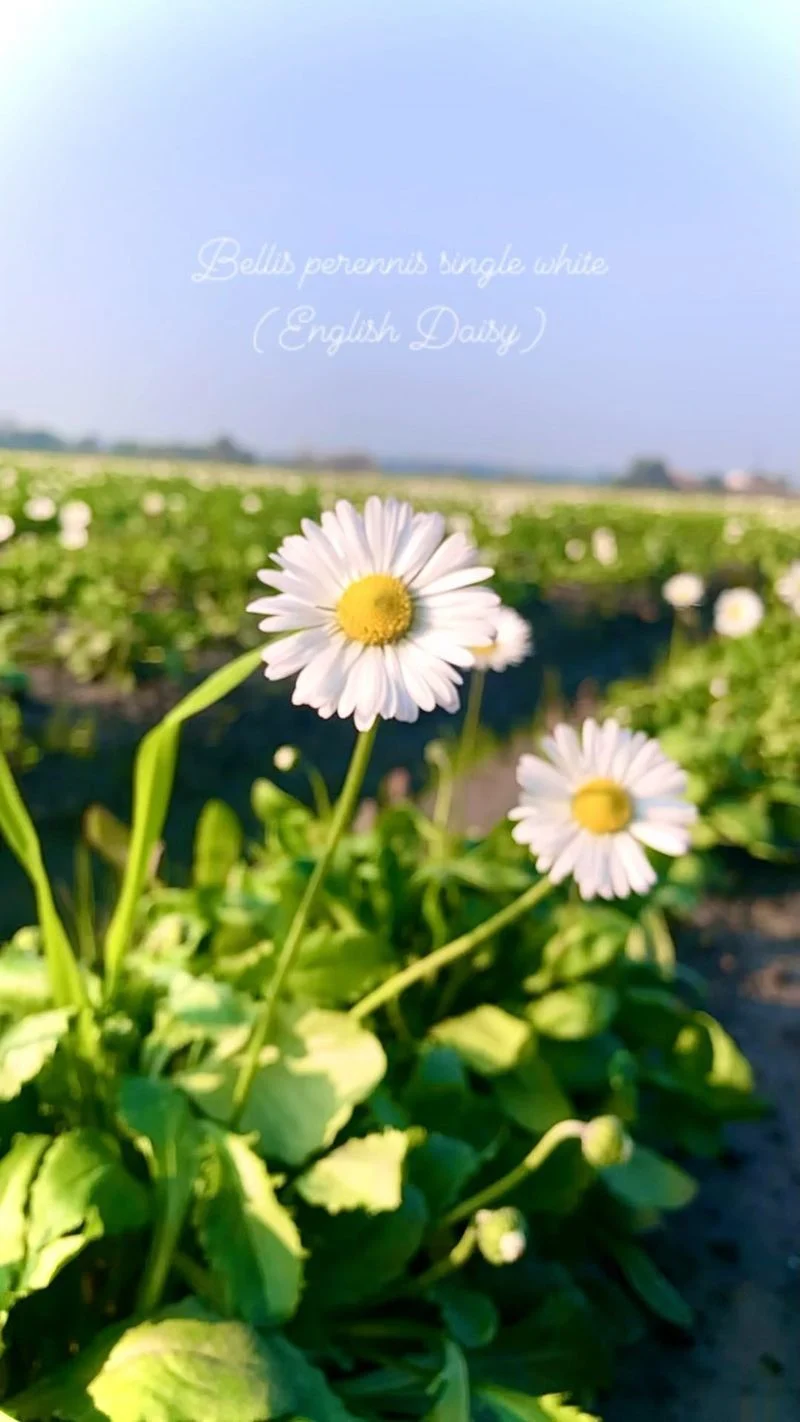
Botanically, daisy growth involves fascinating stages, from budding to blooming. Understanding this process reveals the flower’s resilience and adaptability. Daisies begin as tiny buds, gradually unfolding into full blooms, a testament to nature’s intricate design. This growth pattern showcases their ability to thrive in various conditions, reflecting their hardiness. By studying their development, we appreciate the complexity and beauty of their life cycle. This scientific perspective adds depth to our admiration of daisies, highlighting the wonders of nature at work.
Varieties of Daisies
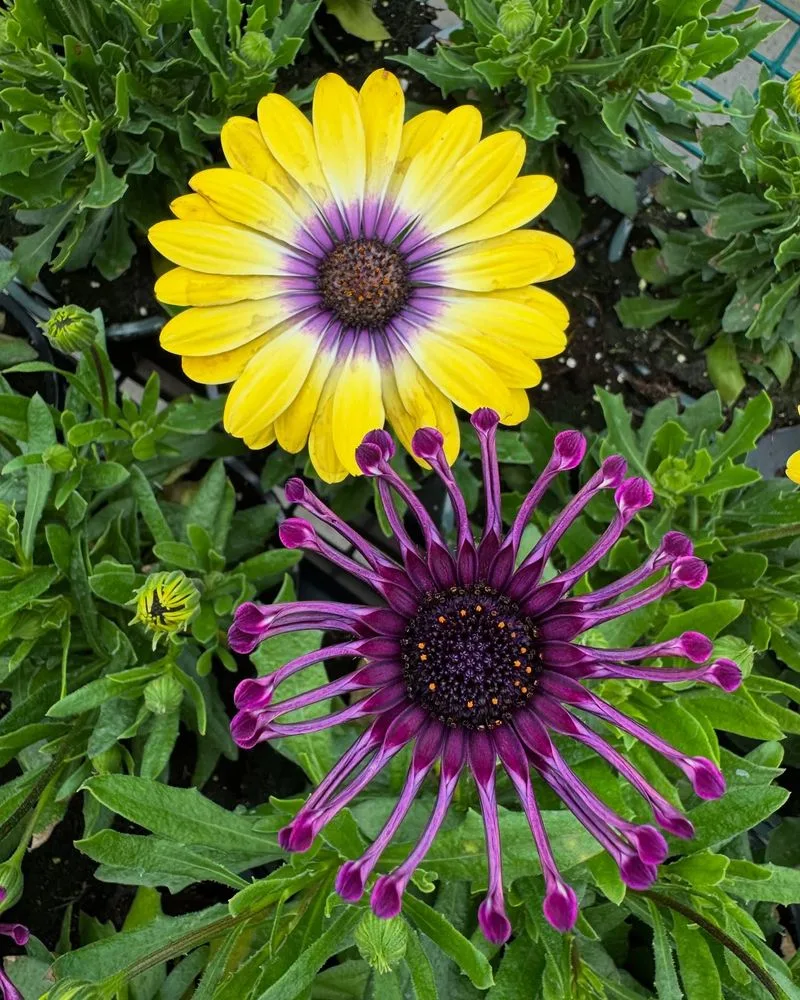
While the common daisy is well-known, there are numerous varieties, each with unique characteristics. From the vibrant Gerbera to the petite Bellis, these variations showcase the diversity within the daisy family. Each type brings its own charm and appeal, offering something for every garden and taste. Exploring the different varieties highlights the adaptability and beauty of daisies. Their array of colors and forms demonstrates their ability to captivate and inspire, proving that there’s more to daisies than their common perception.
Daisy’s Role in Modern Gardens
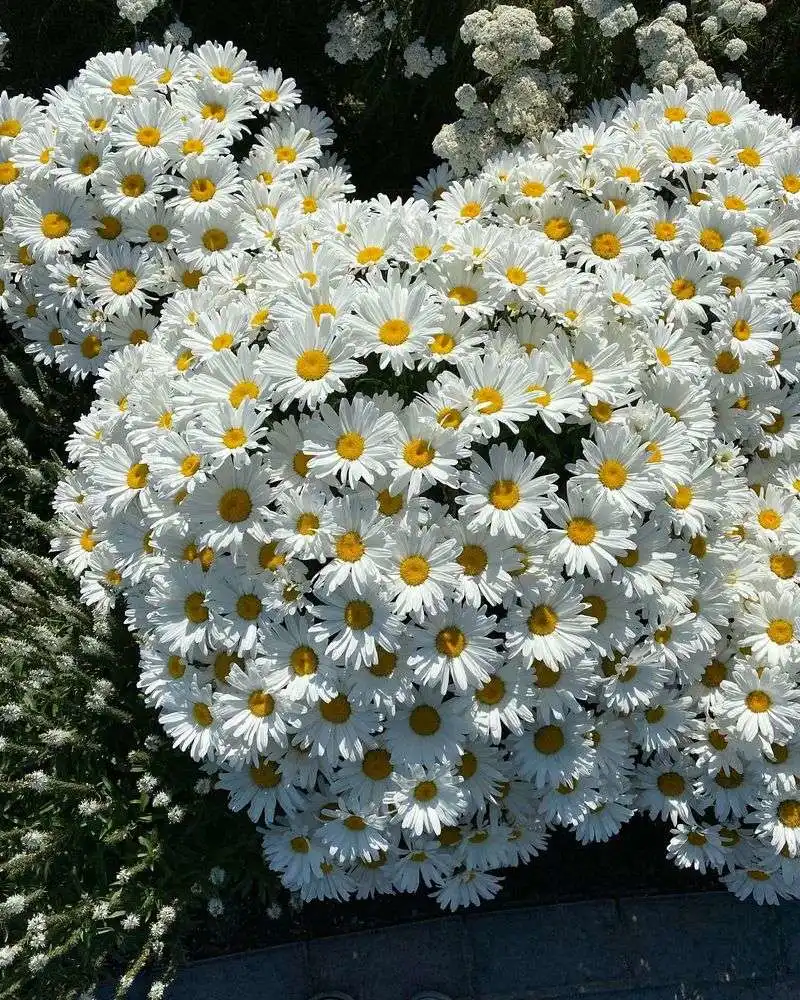
In contemporary gardening, daisies remain popular for their simplicity and charm. Their ability to thrive in various environments makes them versatile additions to modern landscapes. Daisies can be used as focal points or to complement other plants, enhancing the garden’s overall aesthetic. Their low-maintenance nature appeals to both novice and experienced gardeners. This adaptability ensures daisies continue to be a favorite choice for creating visually appealing and functional garden spaces. Their enduring appeal in modern gardens showcases their timeless beauty and practical advantages.

